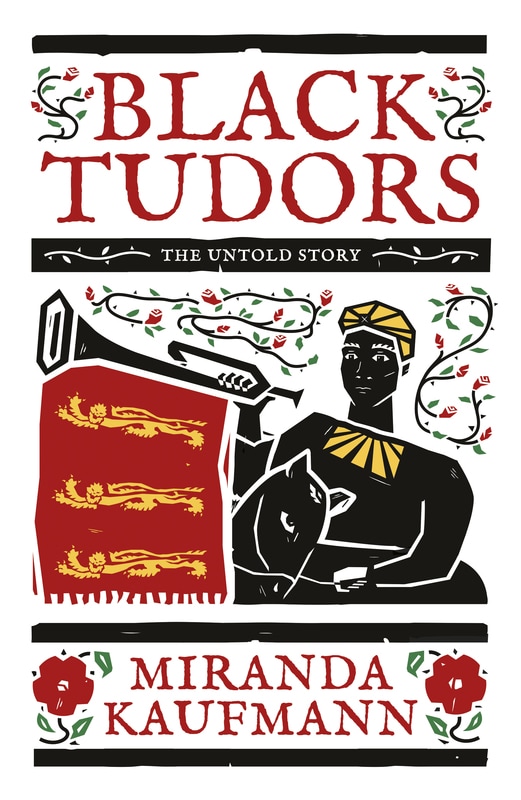One of the beloved talking points of people who are currently Nazis is that there was a time in Europe when everyone was white. Mostly, they think this because they are crap people in search of crap beliefs that will support their continued quest to be terrible. In part, though, historians and teachers have contributed to this belief by beginning the stories of black Britain with the advent of slavery. But as Miranda Kaufmann’s new book Black Tudors shows, the reality is that people of African descent did live in early modern Britain, plying their trades alongside white residents.

(For more, check out the wonderful medievalpoc tumblr account and David Olusoga’s 2016 book Black and British, which dammit I have not yet been able to get my hands on.)
Because records dealing with the lives of commoners are sparse for the Tudor period, and because most black Tudors came from the lower classes, Kaufmann structures her book around ten people with a slightly more robust archival presence. More robust is a relative term, of course: In some cases, she’s working from the actual words of the people in question, such as the diver, Jacques Frances, who gave testimony to an English court about the conduct of his ship’s master during a salvage operation. In others, she has even less to go on: baptismal records, brief mentions in royal dispatches, or even inventories of the person’s possessions after she had died.
To bulk out her portraits, Kaufmann has gone archive-diving. She digs out evidence of the lives of those like her chosen characters. Though we don’t know many specifics about the black prostitute Anne Cobbie, mentioned in a court case brought against the bawdy house that employed her, Kaufmann is able to tell us how bawdy houses typically worked, what kind of sums prostitutes of the time charged for their work, and what punishments they might face in a court of law. Kaufmann also suggests possible outcomes for these figures after they disappear from recorded history: A prostitute like Anne might have died died of venereal disease or in pregnancy; she might have run a bawdy house of her own; or she might even have married and left behind her life of crime. (Kaufmann finds a wedding record for an Anne Cobbie, but of course it’s impossible to know if it was the same one.)
A major thing that I learned is that Britain wasn’t involved in the slave trade until the mid-seventeenth century, having until then no means of profiting by it. Though Kaufmann’s ten black Tudors were often dependent on white people for their livelihood, none were slaves. Coming to England, in fact, may have confirmed their freedom, and converting to Christianity there almost certainly provided another bulwark against enslavement. But these were people who took jobs and worked alongside their white counterparts, and their appearance in the archives –though rare — implies that there are more such stories to be uncovered.
Note: I received Black Tudors from the publishers for review consideration. This has not impacted the contents of my review.